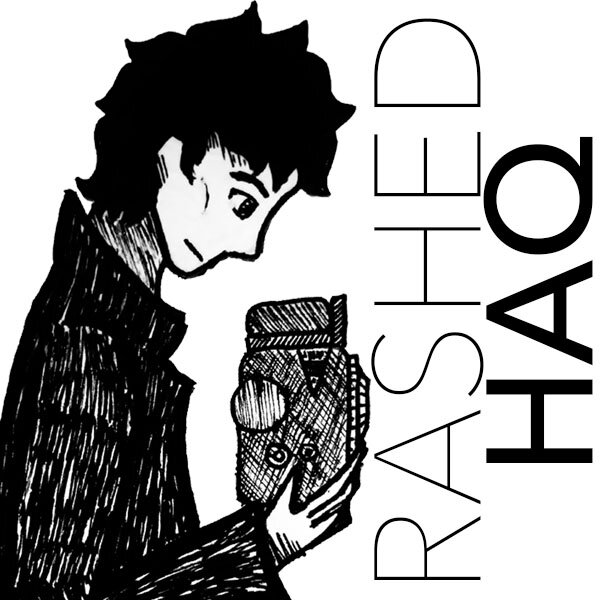Does MoMa Collect Living Photographers?
Its is great to see that MoMa, the Museum of Modern Art, released metadata about their art collection in early 2020, right after the COVID lockdown. MoMa is leading in offering this level of transparency, and I hope that other museums will follow in MoMa’s footsteps. I have been looking at the data about their photo collection. Some insights from this data are below.
Photo Collection Growth Over Time
The first thing I wanted to know is when did they first acquire a photograph in the collection, and how has the collection grown over time. The large spike in 1968 is when John Szarkowski, then the Director of the Photography Department, acquired French photographer Eugene Atgét's archive of over 4,900 images.
Figure 1: Images in the MoMa photo collection over time
Artworks by Artist
Images by Eugene Atgét make up the largest set from a single artist. The next largest set is by "Unknown Artist" - anonymous, often vernacular, photographs. The next set of largest collections are by other iconic photographers of the 20th century such as [3] Lee Friedlander and [4] August Sander. Note that the graph below is on a logarithmic scale.
Figure 2: Artists with the largest number of photographic images in the MoMa collection
Tracing back the top 21 artists in the collection today (by collection size), you can see what their relative ranking was since the 1950’s, or in which decade they entered the collection. You can see the steep rise of Jan Dibbets, Harry Shunk and János Kender in the last decade, while Robert Frank has continued to drop since 1960 (except for a bump in 1990).
Figure 3: Largest collections by artist in 2020, and their relative ranking since 1950.
Unknown Photographers
Even though Szarkowski's predecessor, Edward Steichen, was said to be more interested in vernacular photography and acquired accordingly for MoMa, the data below shows that the majority of the "Unknown Artist" works were collected after Steichen's time. This is likely because Steichen's acquisitions were largely from photographers who were known to him or the staff at MoMa.
Figure 4: Photos by Unknown Photographers acquired each year
Women in the MoMa Collection
Of the over 30,000 images in the MoMa photography collection, a very small percentage is work by women artists. It is a growing percentage, upto 13% or so, but still a small percentage. Each year the percentage of women is well below 50% with only a few outlier years (see figure 7). The first image in the collection, in 1932, was by a female artist.
Figure 5: Images by male (orange) and female (blue) artists acquired into the collection
Figure 6: Percentage of cumulative photos by women (blue) vs. men (orange)
Figure 7: Percentage of photos by women (blue) vs. men (orange) in each year
Does MoMa Collect Work By Living Artists?
At the time of acquisition, many of the artists being collected are living artists (in the darker blue), and many are deceased (lighter blue). You can see some bad data where MoMa acquired work by a living artist of age 160, which I am sure their next data update will correct. The size of the circle shows how many images were acquired that year for an artist of that age. The large light blue circle in 1968 is the Atgét acquisition I mentioned before. The other large acquisitions are Lee Friedlander (living) in 2000, Harry Shunk (deceased) and János Kender (deceased) in 2013, August Sander (deceased) in 2015 and Jan Dibbets (living) in 2014.
Figure 8: Artist’s age at the time of acquisition and the number of images (size of circle) acquired each year
Are We in the Age of Large Photos?
In the first graph below, you can see that the average size of the prints being acquired stepped up in size significantly in 2002, with the works of Wolfgang Tillsman (the largest image in the collection), Thomas Struth, Taryn Simon, and others. The following graph shows that even though the smaller images are the most frequently purchased, larger and larger images have been bought over time. The vertical axis on both charts shows the image size in cm^2.
Figure 9: The average size (in cm^2) of photographic images acquired each year
Figure 10: The frequency of different sizes (in cm^2) of photographic images acquired each year
Is there a difference in the size of images that men and women make, in the collection? Not a whole lot, but there is a slight difference in variations seen in the graph below. The yellow dots are all the images, and the black dots on the left are images by female artists and the black dots on the right are images by male artists. Any dots that fall on the diagonal line are square images — it looks like there are more landscape-oriented images than portrait-oriented images. There seems to be one very tall image!
Figure 11: Images of different width and height (in cm) in the collection (only showing images where size data was available)
What Kinds of Objects Are These Photographs?
Photography has always been a technological medium, as I have written about elsewhere. In the bubble graph below you can see many of the different types of prints, transparencies and negatives in the collection. There are some rare types of objects, some of which I have never seen in person — perhaps one day.
Figure 12: The different types of photographic medium in the collection, with he bubble size representing the number of prints (on a logarithmic scale)












